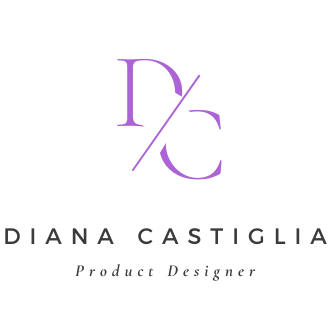A WHOLE END-TO-END PROJECT WITH USER RESEARCH AND DESIGN SPRINT FOR PERSONAL-TELECOM ARGENTINA WHERE I WAS UX LEAD
OVERVIEW + PROBLEM STATEMENT
Personal is a Telco, a very big one here in Argentina who has recently merged with another big media company called Cablevision. They Needed us to do a CRM for the call center company.
At first, we were divided into Scrum teams. We had a designer and a frontend in every team but we hardly communicated between designers and we did not even have a design team.
We noticed that there were some inconsistencies in the designs, so we decided to communicate to the management why we needed a design team and a leader.
Our Goals:
1. Have consistency around all CRM
2. Understand original processes and adapt them in only one interface
3. Take into account the time our user has to finish that call (5 min) and one process should take out at least 1 min less
4. Evangelize teams in order for them to include us from the beginning of the process.
Management agreed on us and we started our team by having a lead designer that allowed us to go to the call center, to get to know the users, and to refine the design process that we were doing. I was that designer
USER PERSONAS
USER RESEARCH
We selected a few processes we needed to do for the following week to test if Design Sprint would be a good fit for this new proposal. We spent two days going to the different customer services to understand each one of them.
On the third day, we gather Architects, Developers, PMs, and everyone who was interested in participating and spend the whole day wireframing for each process
On the last day, each designer went to test the ideas. We divided into processes and into the different places for Customer Representation.
After that, all designers got together and started creating a design system with all the parts that we needed to solve these processes. And by using the atom system for designs systems we created the following:
PROPOSED SOLUTION
After a year each process solution was looking something like this:
1. We gained consistency
2. We were supported by Zepplin to have better communication with Devs
3. And we applied the Design Sprint Method each time that a process was new to us.
LEARNINGS
I left the project just as it was finishing and the design strategy was in order.
I learned that Design Sprints can be used in large projects and
I was delighted to be able to help organize the designers so that the whole project looks more complete, homogeneous, and professional.
Involving a product like Salesforce was quite difficult but thanks to the help of the Architects and long talks with them about what could be done and what could not, it was much painless.
I managed to bring my organizational methods to many designers who trusted me to make everything look better. As a leader, I think it was very easy for me to reach people through requests for help and weekly feedback in order to improve.
You may also like:
